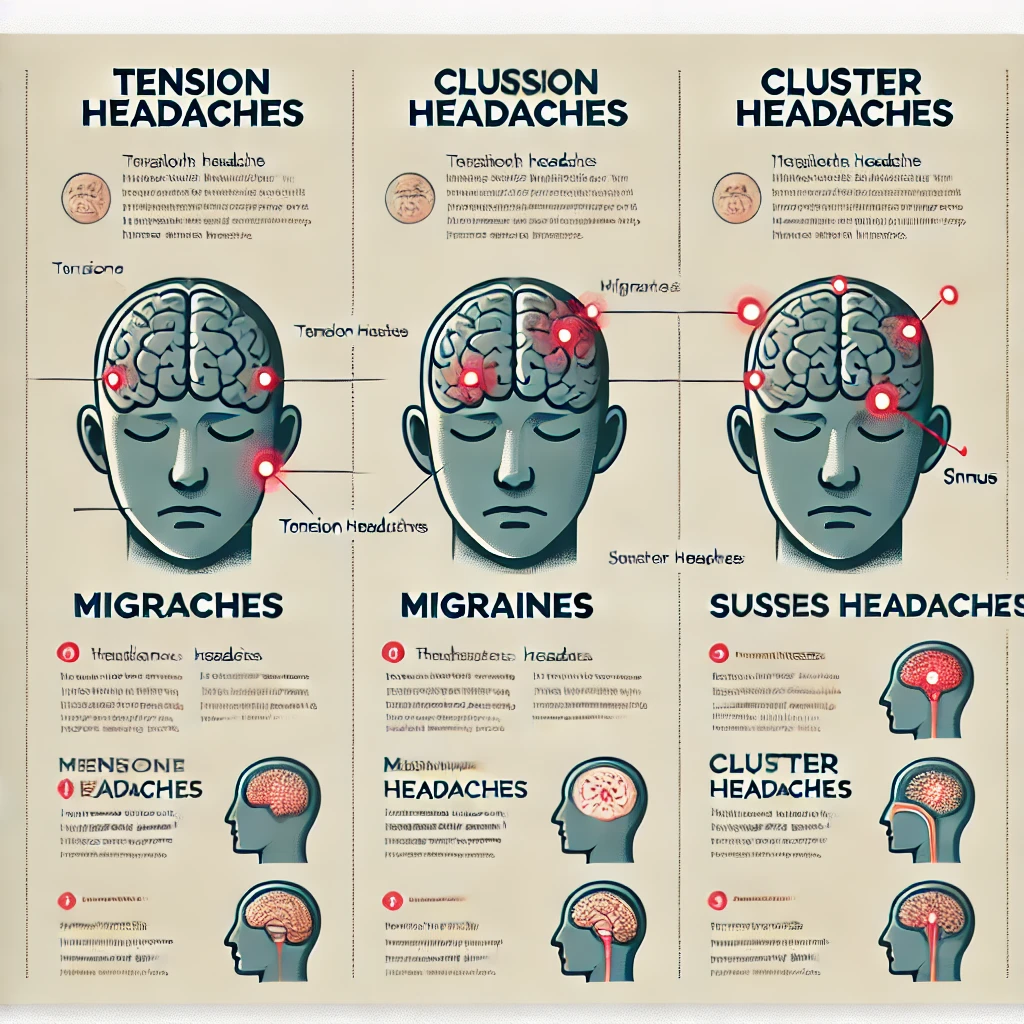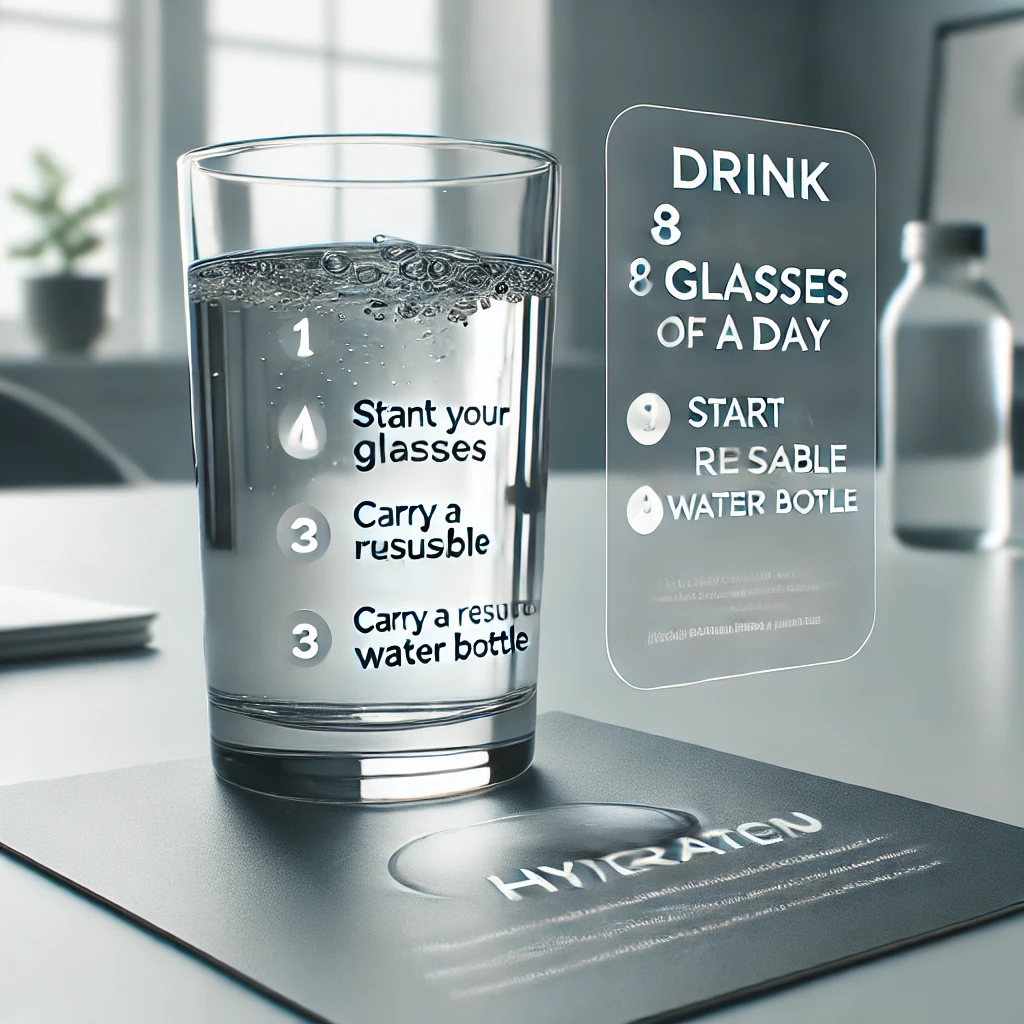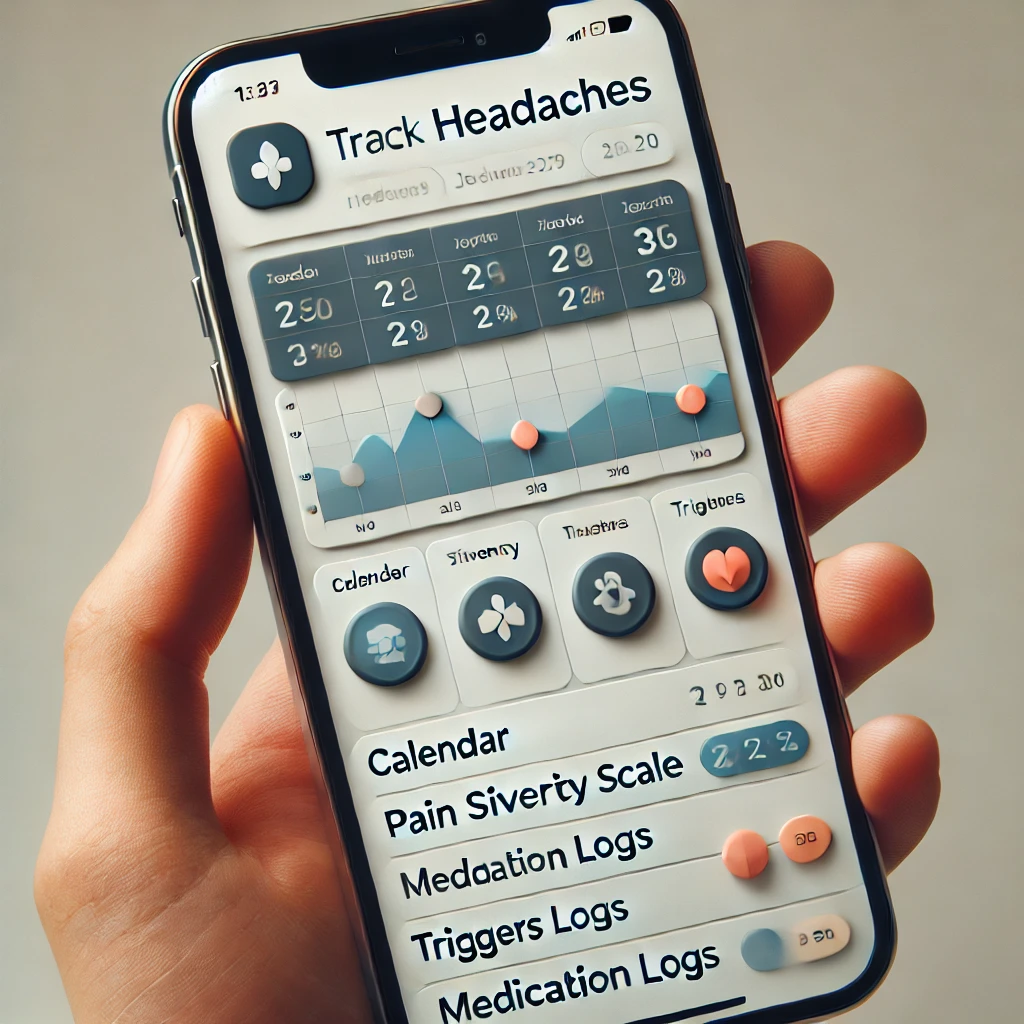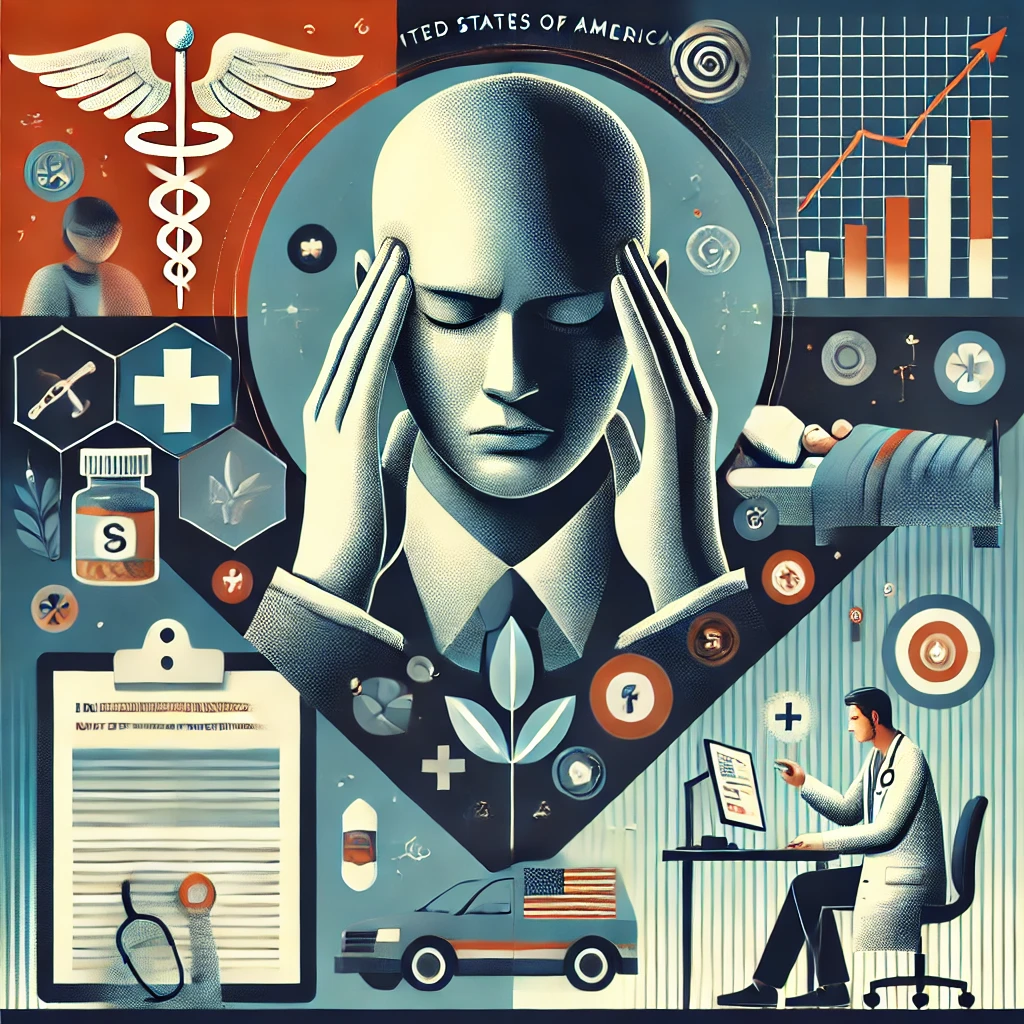Headaches are one of the most common health complaints among Americans, affecting millions of people annually. From tension headaches to migraines, their impact on daily life can be significant. Understanding the types, causes, and treatments available is key to managing and reducing their occurrence.
Types of Headaches
- Tension Headaches:
- The most common type, often described as a constant ache or pressure around the head, especially at the temples or back of the head and neck.

- Migraines:
- Intense, throbbing pain often accompanied by nausea, sensitivity to light and sound, and visual disturbances.

- Cluster Headaches:
- Severe, recurring headaches occurring on one side of the head, often near the eye.

- Sinus Headaches:
- Caused by inflammation or infection in the sinuses, often accompanied by nasal congestion and facial pressure.
Common Causes
- Stress and Anxiety:
- Emotional strain can trigger tension headaches.
- Dehydration:
- Lack of water intake can lead to headache symptoms.

- Poor Sleep:
- Sleep deprivation or irregular sleep patterns are common triggers.

- Dietary Triggers:
- Caffeine, alcohol, and certain processed foods can contribute to headaches.
- Medical Conditions:
- Headaches can be a symptom of underlying conditions such as hypertension or infections.
Treatment Options
- Over-the-Counter Medications:
- Ibuprofen, acetaminophen, and aspirin are effective for tension headaches and mild migraines.

- Prescription Medications:
- Triptans and ergotamines are often prescribed for severe migraines.
- Lifestyle Adjustments:
- Regular exercise, hydration, and stress management can reduce frequency and severity.

- Alternative Therapies:
- Acupuncture, chiropractic care, and herbal supplements have shown promise in managing certain headaches.
- Medical Devices:
- Devices like transcranial magnetic stimulation (TMS) are emerging as innovative treatment options for migraines.

When to See a Doctor
Seek medical attention if:
- Headaches are severe or persistent.
- Accompanied by confusion, vision loss, or difficulty speaking.
- Caused by head injury.

Prevention Tips
- Maintain a Healthy Lifestyle:
- Balanced diet, hydration, and regular exercise.
- Establish Sleep Hygiene:
- Stick to a consistent sleep schedule.
- Manage Stress:
- Practice mindfulness, meditation, or hobbies that promote relaxation.

- Track Triggers:
- Keep a headache diary to identify and avoid triggers.

Conclusion
Headaches are a common but manageable health issue. By understanding the types, causes, and available treatments, individuals can take proactive steps to reduce their impact. Whether through lifestyle adjustments, medication, or alternative therapies, relief is possible for millions of Americans.

Take Control of Your Health Today: Explore treatment options and prioritize self-care to minimize headaches.

